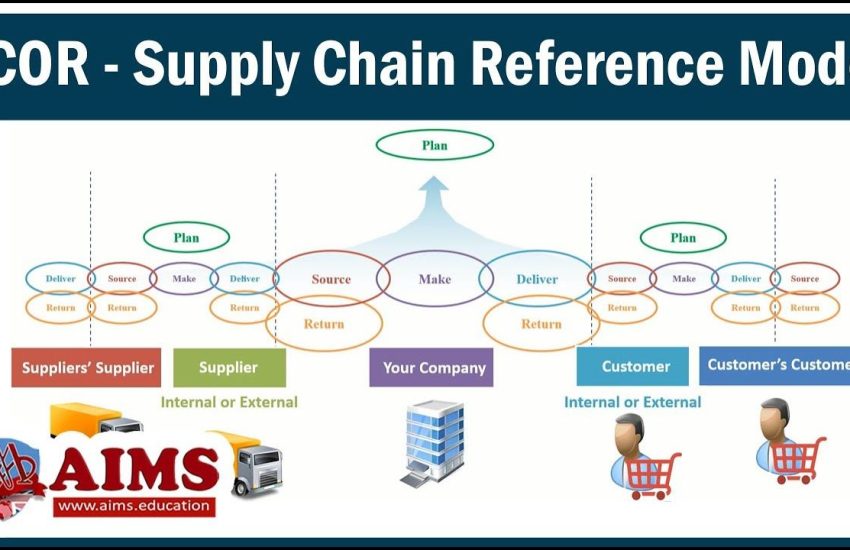Sales Performance Analysis: Data-Driven Improvements
In today’s competitive business landscape, sales performance analysis plays a crucial role in identifying areas for improvement and driving organizational growth. By harnessing the power of data, businesses can gain valuable insights into their sales processes, customer behaviors, and market trends. With these insights, organizations can make informed decisions and implement data-driven strategies to enhance their sales performance.
Benefits of Data-Driven Sales Performance Analysis
Conducting data-driven sales performance analysis provides several key benefits for businesses:
Identify Sales Patterns: By analyzing sales data, organizations can identify patterns and trends in customer behavior. They can determine the most successful sales techniques, understand the factors contributing to sales declines, and discover opportunities for improvement.
Optimize Sales Processes: With data insights, businesses can identify bottlenecks and inefficiencies in their sales processes. By streamlining these processes, organizations can enhance sales efficiency, reduce costs, and increase revenue.
Targeted Sales Strategies: Data-driven analysis enables organizations to align their sales efforts with specific customer segments. By understanding customer preferences and buyer behaviors, businesses can tailor their sales strategies and offerings, resulting in enhanced customer satisfaction and higher sales conversion rates.
Set Realistic Sales Goals: Accurate analysis of sales data allows organizations to set realistic sales targets based on historical performance. By setting achievable goals, businesses can motivate their sales teams, drive performance, and foster a culture of continuous improvement.
Key Steps in Sales Performance Analysis
Effective sales performance analysis involves a systematic approach to gather, analyze, and interpret sales data. The following steps outline the key components of this process:
Define Key Metrics: Identify the key performance indicators (KPIs) that best reflect your organization’s sales goals. Examples include revenue growth, customer acquisition rate, conversion rate, and average deal size.
Data Collection: Gather relevant sales data from various sources, such as CRM systems, sales reports, customer surveys, and market research. Ensure data accuracy and integrity by validating and cleaning the data.
Data Analysis: Utilize data analysis techniques and tools to derive meaningful insights. This may involve employing statistical methods, data visualization, and predictive modeling to identify patterns, correlations, and potential trends.
Interpretation and Action: Interpret the analysis results to identify strengths, weaknesses, and areas for improvement. Based on these insights, develop an action plan that outlines specific strategies for enhancing sales performance.
Implementation: Execute the action plan by communicating objectives, providing necessary training and resources to the sales team, and monitoring progress regularly. Continuously measure and review the impact of the implemented improvements.
Data-Driven Tools for Sales Performance Analysis
Numerous tools and technologies are available to support data-driven sales performance analysis. These tools facilitate the collection, analysis, and visualization of sales data, thereby empowering businesses to make informed decisions. Some popular tools include:
Customer Relationship Management (CRM) Systems: CRM systems are essential for effectively managing customer data, tracking sales activities, and generating reports. They provide a centralized repository for sales data, enabling easy analysis and reporting.
Data Visualization Tools: Tools like Tableau, Power BI, and Google Data Studio assist in visually representing sales data through charts, graphs, and interactive dashboards. Visualization makes complex data easy to comprehend and facilitates quick decision-making.
Predictive Analytics Tools: Predictive analytics tools, such as IBM Watson Analytics and RapidMiner, leverage advanced algorithms to forecast future sales trends, identify potential opportunities, and assess risks. They enable businesses to take proactive measures to optimize sales performance.
Sales Performance Management (SPM) Software: SPM software automates various sales processes, including performance tracking, incentive management, and sales forecasting. It provides real-time insights into sales performance and enables businesses to align sales activities with strategic objectives.
Conclusion
In conclusion, data-driven sales performance analysis is a powerful tool for enhancing business profitability and sales growth. By leveraging data insights, organizations can identify areas of improvement, optimize sales processes, and implement targeted strategies. The systematic approach to data analysis, supported by various tools and technologies, enables businesses to make informed decisions and drive their sales performance to new heights.


